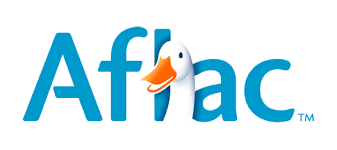 When it comes to a business newsletter, your brand is perceived in a blink of an eye.
When it comes to a business newsletter, your brand is perceived in a blink of an eye.
As I shared in my last post, your newsletter should build trust and confidence with your readers. It should include tips and information that invites your prospects and clients to take action. Your newsletter is a representation of you and your business. It’s a part of your brand.
David Ogilvy, the “father of advertising,” described a brand as “the intangible sum of a product’s attributes.” It’s what and how your prospects and clients think of you, and about you. It’s emotional (it inspires a feeling – like trust) and intellectual (products and services.) While your clients and prospects can view your brand on your website, blog or newsletter –it really lives in the reader’s mind.
Brands, which are designed to make an instant visual and emotional impact, can take advantage of emotions and narrative to connect with readers emotionally.
In Dan Hill’s excellent book Emotionomics. He says this about branding and narrative:
“…brand equity accrues to the extent that a company’s brand story provides the two main components of a successful story. The first is an attractive personality. The second is positive signature associations by which the company becomes familiar and comfortable to members of its target market.”
In other words, your brand works when:
- You develop a distinct brand personality
- You repeatedly use personality to establish associations with positive emotions
Three “brand personalities” come to mind:
Did you know that the Aflac duck has had 13 times as many Facebook friends as the Geico gecko? And it had a much higher Q-Score than Ronald McDonald and the Energizer Bunny…
Even if your company sells insurance, which – let’s face it – isn’t the most fascinating of products and services, you can adopt a personality that works to engage the subconscious emotional brains of consumers.
The duck is cute, and so is the gecko and the bunny. They grab our attention, encourage us to anticipate humor, stimulate positive emotions, and have become so familiar to millions of people.
So narrative doesn’t have to be contained in stories, although they also work to engage readers emotionally. Our brains are drawn to novel situations and a duck who quacks “Aflac!” is impossible to ignore.
Maybe you don’t want a caricature or an animal representing your brand story, although Bush’s Baked Beans does a good job with their company’s secret recipe and their dog.
The importance here is that you’ll need something that sets you and your services apart from all the others, and you need to include this in your newsletter.
Questions on branding? Send me an email. I’ll share them in a follow up post, when I offer more tips on getting your newsletter read.














Recent Comments